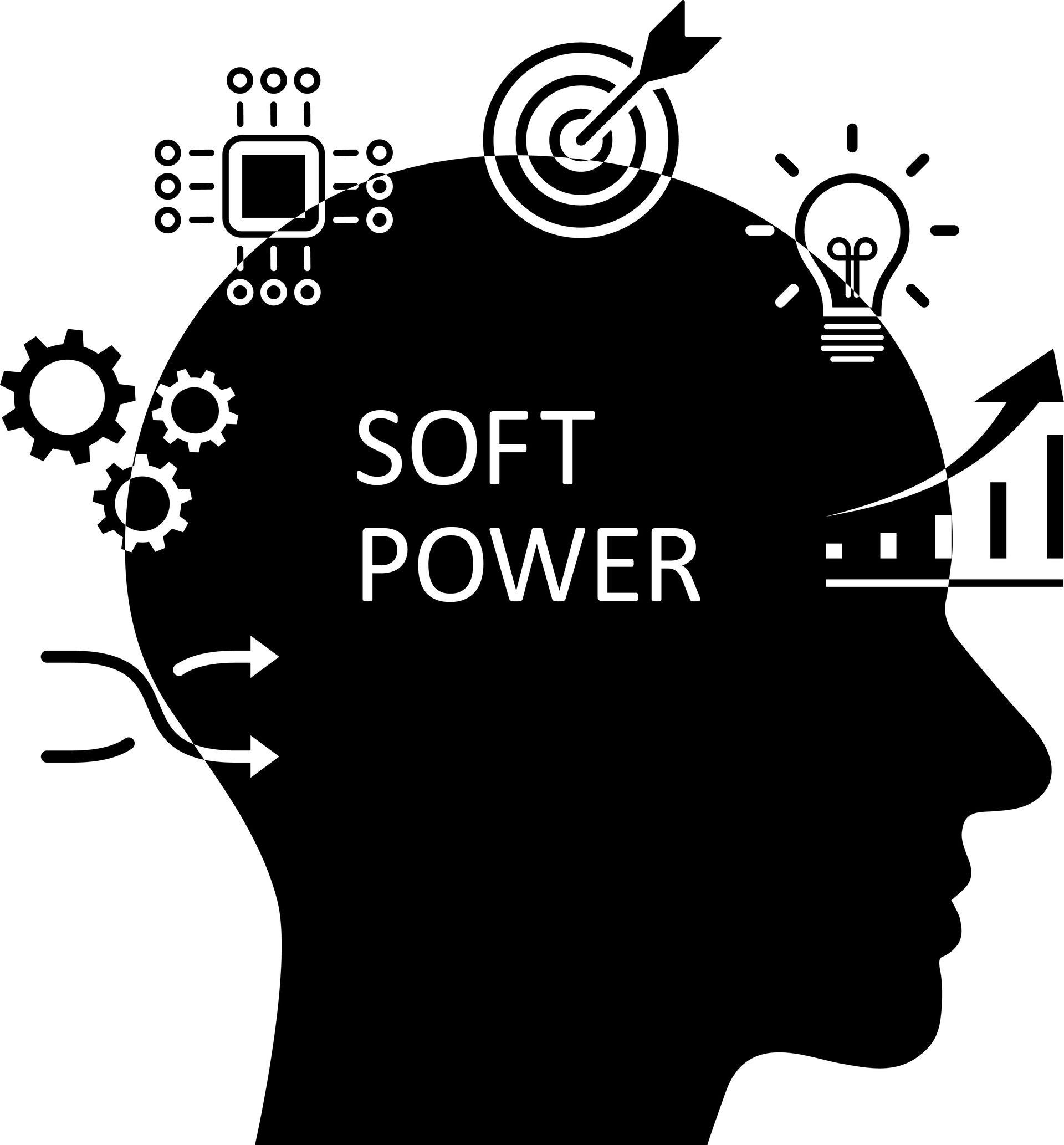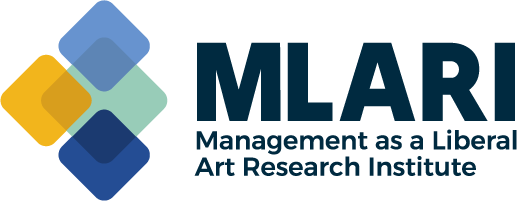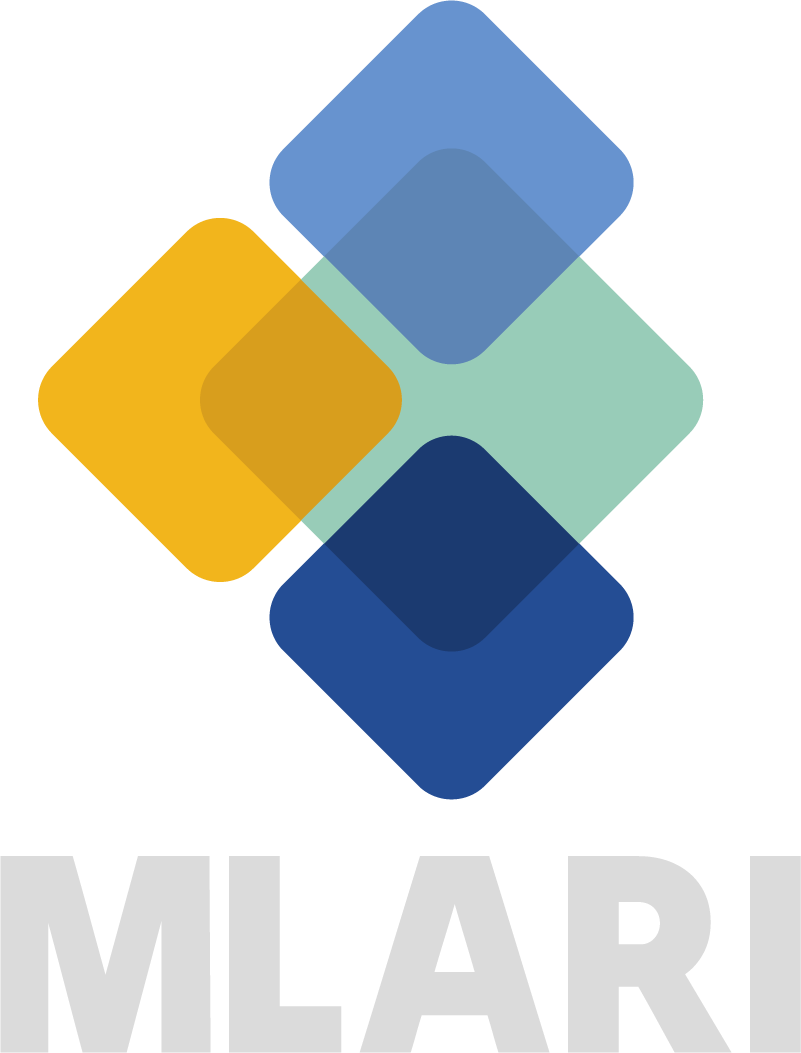The Nature of Knowledge
PUBLISHED:
I’ve had several recent conversations with colleagues from academia, business, the arts, and other walks of life about how social media, artificial intelligence (AI), and other technologies seem to be redefining knowledge as we understand it. These interactions have inspired me to start a newsletter series, the first of which will focus on how modern developments force us to reevaluate the definitions of knowledge and knowledge work and the intersections between technology and human beings.
In this first installment, I’d like to briefly explore the history of the philosophical debates about the nature of knowledge and its acquisition. There is an entire area of study devoted to this topic called epistemology. Epistemology concerns itself with the nature, origins, methods, and scope of knowledge. Where do knowledge and opinion diverge? What constitutes knowledge vs. mere data or information? How do we come about acquiring knowledge?
This will not be a treatise on epistemology! But there is a very long history of philosophical discourse regarding how to define knowledge and how it is most effectively acquired and used. This history is informative as we grapple with current events that force us to deal with the nature of modern information in its digital forms that have the potential for rapid dissemination of misinformation and disinformation. AI has disrupted the way organizations work, altering industries and sectors, while providing efficiency gains and the prospect of greater productivity. Artificial intelligence has also proven its ability to “hallucinate,” or take existing information and contort it into falsehood. In recent years, people with malicious intent have been able to harness the technologies of social media and AI to produce deepfake images that result in false and manipulative advertising campaigns that can destroy reputations or influence potential voters in democratic elections. What we see as “knowledge” today can be redefined and contorted in ways previously never imagined. It therefore is instructive to step back and have a clear understanding of what “knowledge” is, and how it differs from other forms of information. This is an ancient conversation that we can learn from.
The philosophical debates about the nature of knowledge can be traced back to Greek society. Plato and Aristotle differed on their views of what constituted knowledge. To Plato, knowledge was innate, part of one’s very being. One discovered truth not through experiencing worldly events, but through contemplation. You may remember references to “Plato’s cave.” Plato wrote a treatise entitled “Allegory of the Cave” (circa 380 B.C.E.) using the illustration of people chained in a cave who can only see a blank wall with shadows cast upon it. He argued that what we see (shadows in the cave) is not the truth. Thus, truth is not expressed in the material world but is only a reflection of what is actual knowledge, which is found within. Aristotle countered with an empiricist argument for knowledge. For him, knowledge and truth were found through experiential learning and evidence. Virtue, for example, had to be learned through practice, not mere contemplation.
The modern world continued this discussion of the nature of knowledge with the addition of scientific discovery. While the West struggled with questions of knowledge in the Medieval period, the Arabic Muslim world made enormous advances in medicine, chemistry, algebra, and engineering. Arabic translations of Greek scholars aided in the spread of this knowledge to other regions. Later, Francis Bacon presented the first theory of modern science centered on the idea that truthful knowledge had to be based on unbiased observation of facts and evidence. With enough accumulation of data, we would acquire knowledge. Bacon countered Aristotle’s use of deductive reasoning (relying on pure intellectual exercise and individual experience) with the concept of inductive reasoning (relying on physical evidence based on experimentation and observation in the real world, not the mental/philosophical world). This shift to the realm of science pushed the nature of knowledge to another dimension. From Bacon of the 17th century to the Enlightenment philosophers of the 18th century, knowledge centered on the perfection of human reason and the triumph of science over religion. By the time of the early 19th century, Western cultures embraced the view of positivism – if scientists and philosophers could understand what they assumed was a static body of knowledge about the world, they would have conquered the realm of the unknown. If we can measure it, we can understand it, and therefore know it. If the world is unchanging, this is an easy task.
Of course, the world has never been static in terms of knowledge. By the late 1800s, Western Europe experienced incredible political and intellectual upheaval. Cultural production of this era shows the crack in the idea of a solidified view of knowledge as steady human progress. Fin de Siecle art embraced the concept that human reality could not possibly be represented by traditional methods. Nietzsche espoused a philosophy that eschewed rationalism and advocated a view of knowledge as intensely personal and disconnected to traditions. By the time Freud and Einstein entered the picture in the early 20th century, “knowledge” was no longer a concept of debate. The concept itself was under attack.
Peter Drucker waded into this discussion in his 1957 book, Landmarks of Tomorrow. Drucker makes the case that knowledge is no longer about evidence, data, and experience. It is about power and how we use it. He refers to the world of Rene Descartes, who gave the world the way to organize knowledge in terms of measurement: the whole is a sum of its parts. But Drucker’s point in the late 1950s was that his world no longer made sense in viewing knowledge this way. The “new” world of Drucker’s era was one of understanding configurations rather than causes. Instead of trying to find measurements and empirical explanations for the events of the world, Drucker calls on us to look for patterns, ways of fitting seemingly unrelated events into a coherent explanation. This requires a new way of viewing knowledge.
We’ve had to wrestle with what knowledge is for centuries. We’re doing it again in the 21st century. We can’t make sense of disinformation campaigns on social media and developments with AI in terms of traditional understandings of knowledge as simply about data and evidence. How do we translate what we are experiencing today in terms of past disruptions, and how can those lessons help us navigate our treacherous waters?
Next time: How has knowledge work evolved, and what might knowledge work look like in the future?





